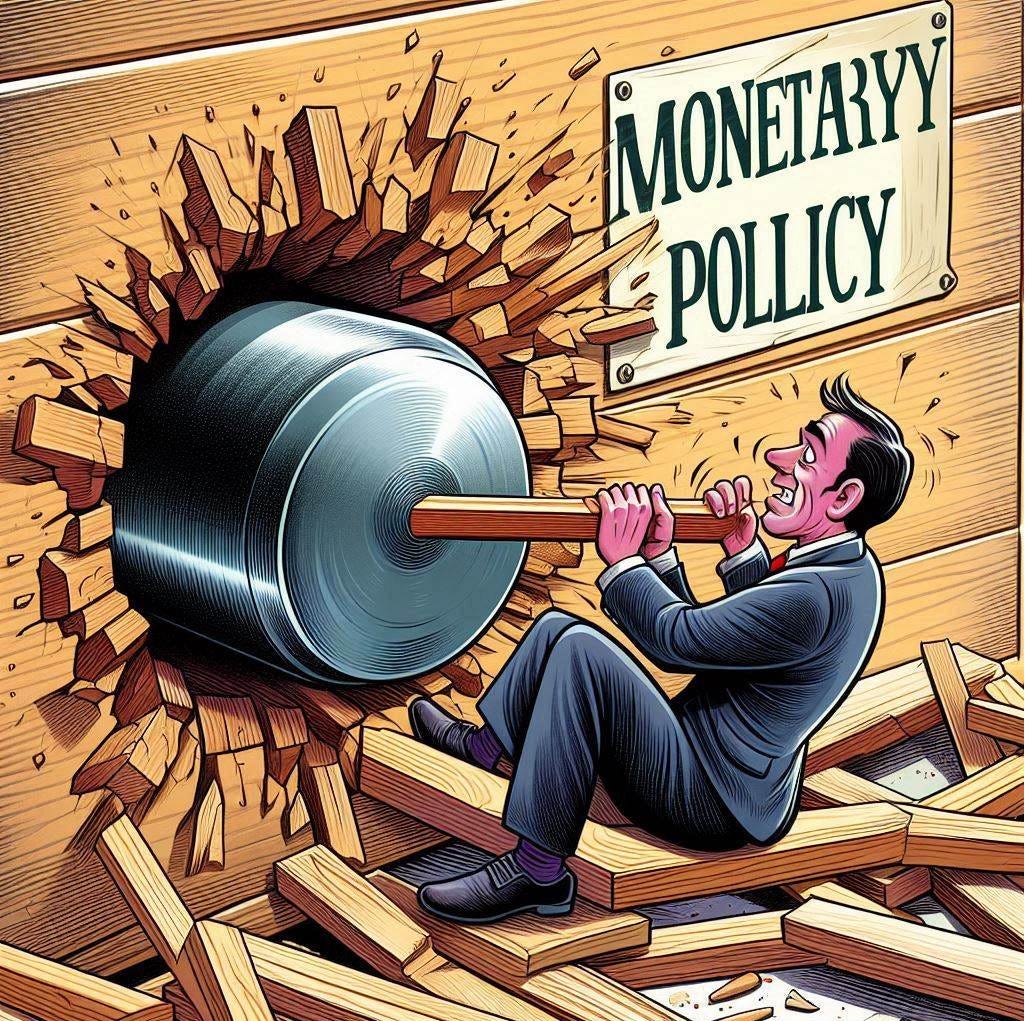Scott Sumner, taking off from a Conversations With Tyler episode of Tyler Cowen with Chris Dixon, a has an enlightening take on the possible effects of Stablecoin (Dixon: “Stablecoin, just for [Tyler’s] audience, is something like, it could be a dollar or euro, but it’s backed by an asset in the bank” or any other electronic payment mechanism) on monetary policy. Tyler and Dixon dance around the issue [Tyler: “I’m not sure the Fed controls the money supply today. Does that become a macro issue?”] and have no settled opinion.
Sumner does:
Stablecoins do not present any problem for monetary policy. The Fed will still control the monetary base, and they have almost unlimited ability to adjust both the supply and the demand for base money. This means they will be able to react to the creation of money substitutes as required to prevent any impact on macroeconomic objectives such as employment and the price level.
The Fed can directly control the supply of base money through open market operations, that is, the purchase and sale of Treasury securities. That’s all the power they need to completely offset the impact of stable coins on the demand for base money. But they have an additional powerful tool that also impacts the demand for base money: interest on bank reserves. With these two policy tools, the Fed has the technical ability to move the price level to any position they like. Of course, political considerations would preclude the Fed from engineering any extreme move up or down in the CPI, but that’s not an issue when the Fed is trying to stabilize the price level in the face of growing use of stablecoins.
Sumner is right and the reason he was able to get to the right answer and Cowen and Dixon could not is embedded in Sumner’s answer. Sumner and Cowen/Dixon have fundmentally different conceptions of want monetary policy IS. By implication Cowen/Dixon think monetary policy is specific actions such as (in this case) movement of the monetary base. Sumner, rightly IMO, thinks monetary policy is movement in outside macroeconomic variables such as the price lever or its rate of change. [Oddly Sumner, who is a firm advocate of NGDP targeting did NOT say, “the Fed has the technical ability to move NGPD to any position they like” even if the latter is implicit in the former.]
Stablecoin, or any other payments technology may require the Fed to re-estimate the effect it has on the link between policy instruments and targeted outcomes. Conceivably it could make any particular instrument unusable. What else is new? _Anything_ novel will make knowing the effect of monetary instruments on outcomes more difficult. [COVID and the Trump-Biden defcits made the Fed’s job more difficult.] But making monetary policy _is_ difficult. It’s the Fed’s job to manage inflation (or NGDP) so as to maximize real income regardless of how difficult it is.
Image prompt: A carpenter trying with great difficulty to bore through a hard board. 😊 [I doubt Matt Yglesias will use this as a logo for his Substack, Slow Boring of Hard Boards” but at least I admire the creative Bing’s misspellings of “Monetary Policy”: “Monetaryy Pollicy, (alt alphabet) Moneary Policy (Scholastic philosopher), “Moneaary Policy, (pirate) and best of all “Moneotary Policy.” (New Age)]
[Standard bleg: Although my style is know-it-all-ism, I am aware that I could be mistaken or overstate my points. I would, therefore, welcome comments on these views.]





Sumner doesn't know what base money is.